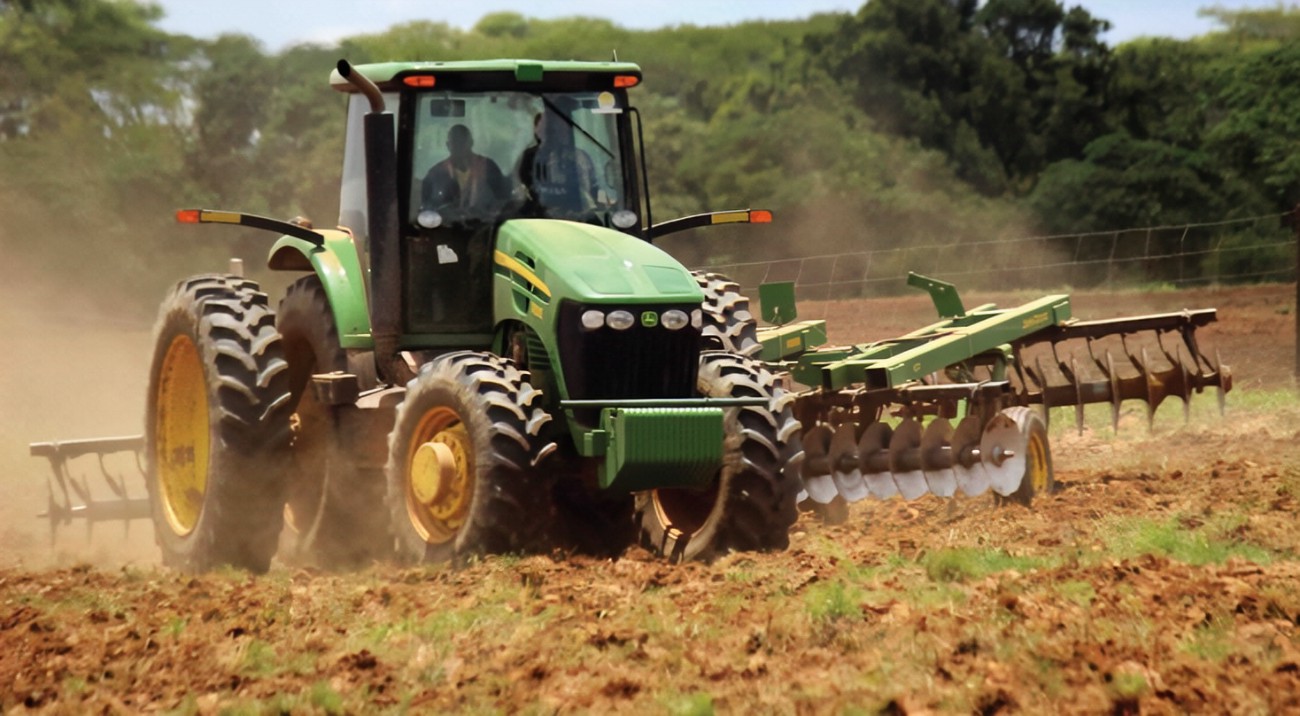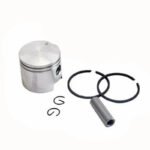
Farming is the backbone of Sri Lanka’s economy, and for managers of tea estates, rubber plantations, bungalows, and other agricultural operations, selecting the right equipment is crucial for success. The right farming tools can significantly boost productivity, reduce labor costs, and improve overall efficiency. However, with so many options available, choosing the best farm equipment can be overwhelming.
This guide will walk you through the process of selecting the right equipment for your farm, ensuring you make informed decisions that align with your specific needs. Whether you’re managing a sprawling tea estate or a small vegetable farm, these tips will help you optimize your operations and achieve better results.
1. Understanding Your Farming Needs
Before investing in any equipment, it’s essential to assess your farm’s unique requirements. Here’s how to get started:
Evaluate Your Farm’s Size and Type
- Tea Estates: Require specialized tools like tea pluckers and pruning machines.
- Rubber Plantations: Need equipment for tapping, latex collection, and processing.
- Vegetable Farms: Benefit from tillers, irrigation systems, and harvesters.
- Mixed Crops: May require versatile machinery that can handle multiple tasks.
Identify Key Tasks
List the primary activities your farm performs regularly, such as:
- Plowing and tilling
- Planting and seeding
- Irrigation and fertilization
- Harvesting and post-harvest processing
Consider Terrain and Soil Type
- Hilly terrain (common in tea estates) may require smaller, more maneuverable equipment.
- Flat land is suitable for larger machinery like tractors and harvesters.
- Soil type (clay, sandy, loamy) can influence the choice of tillage equipment.
Assess Labor Availability
- If labor is scarce, prioritize labor-saving devices like automated harvesters or irrigation systems.
- Ensure your team is trained to operate the equipment safely and efficiently.
2. Types of Farming Equipment and Their Uses
Choosing the right farming tools depends on the tasks you need to accomplish. Here’s a breakdown of common equipment and their applications:
Tractors and Implements
- Uses: Plowing, tilling, hauling, and planting.
- Examples:
- Rotary tillers for soil preparation.
- Trailers for transporting goods.
- Seed drills for precise planting.
Harvesting Tools
- Tea Estates: Mechanical tea pluckers, pruning shears.
- Rubber Plantations: Rubber tapping knives, latex collection cups.
- Vegetable Farms: Handheld harvesters, conveyor belts for sorting.
Irrigation Systems
- Drip Irrigation: Ideal for water-efficient farming, especially in dry regions.
- Sprinkler Systems: Suitable for large areas like tea estates.
- Flood Irrigation: Cost-effective for flat terrains with abundant water supply.
Sprayers and Fertilizer Spreaders
- Uses: Pest control, weed management, and nutrient application.
- Types:
- Backpack sprayers for small farms.
- Tractor-mounted sprayers for large plantations.
Specialized Equipment
- Tea Pruning Machines: For maintaining tea bushes.
- Rubber Processing Tools: For coagulating and drying latex.
- Post-Harvest Equipment: Dryers, graders, and packaging machines.
3. Factors to Consider When Choosing Farm Equipment
Selecting the right farming tools involves more than just identifying your needs. Here are key factors to keep in mind:
Budget
- Balance upfront costs with long-term value.
- Consider financing options or government subsidies available in Sri Lanka.
Durability and Maintenance
- Choose equipment built to withstand local weather conditions.
- Opt for brands with readily available spare parts and service centers.
Fuel Efficiency
- Fuel costs can add up, so prioritize energy-efficient machinery.
- Explore electric or solar-powered options where feasible.
Brand Reputation and Support
- Research brands with a proven track record in Sri Lanka.
- Ensure the supplier offers reliable after-sales service and training.
Scalability
- Invest in equipment that can grow with your farm.
- Modular tools that can be upgraded are a great option.
4. Cost-Effective Strategies for Farm Equipment Selection
Farming equipment is a significant investment, but there are ways to minimize costs without compromising quality:
Buy vs. Rent
- Buy: Ideal for frequently used equipment like tractors or irrigation systems.
- Rent: Suitable for seasonal tasks or specialized machinery.
Second-Hand Equipment
- Pros: Lower upfront costs, immediate availability.
- Cons: Higher maintenance requirements, shorter lifespan.
Government Subsidies and Loans
- Explore programs like the Sri Lanka Department of Agriculture’s subsidy schemes.
- Check eligibility for low-interest loans for agricultural machinery.
5. Maintenance and Safety Tips for Farm Equipment
Proper maintenance ensures your equipment lasts longer and performs efficiently. Follow these tips:
Regular Servicing
- Schedule routine check-ups for engines, hydraulics, and moving parts.
- Replace worn-out components promptly.
Cleaning and Storage
- Clean equipment after each use to prevent rust and damage.
- Store machinery in a dry, covered area to protect it from the elements.
Safety Training
- Train staff on proper equipment operation and safety protocols.
- Provide protective gear like gloves, goggles, and boots.
6. Case Study: Success Stories from Sri Lankan Farms
Tea Estate in Nuwara Eliya
A tea estate manager invested in mechanical tea pluckers and pruning machines, reducing labor costs by 30% and increasing yield by 20%.
Rubber Plantation in Kegalle
By upgrading to automated latex collection tools, a rubber plantation improved efficiency and reduced waste, resulting in a 15% increase in profits.
7. Conclusion
Choosing the right equipment for your farm is a critical decision that can impact your productivity, costs, and overall success. By understanding your needs, exploring the right farming tools, and considering factors like budget and maintenance, you can make informed choices that benefit your operation.
Ready to take your farm to the next level?
Start by evaluating your current equipment and exploring the best options for your needs.
For more tips and resources on managing a farm, visit Lakparts.com or explore Vagaa.lk for innovative tools tailored to Sri Lanka’s unique needs.




